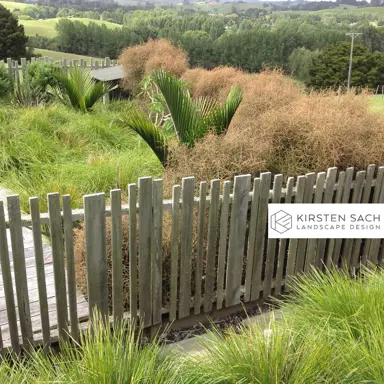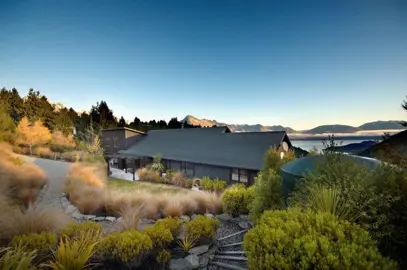How To Care For Ake Ake
The most important part starts with planting and our article, How To Plant Ake Ake, provides sound advice on how to do this properly. So, let’s now assume your plant is growing well and you want to keep it that way!
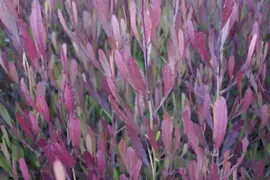
Ake Ake, encompassing species like Dodonaea viscosa and Olearia traversiorum, are versatile native plants known for their hardiness and attractive foliage. This guide covers everything from care and propagation to selecting the right variety for your garden.
Ake Ake care is about making sure the plants are thriving. Our plant care article provides the necessary details to give you the greatest chance of success. Afterall, there is nothing worse than putting the effort into planting for them to fail. Therefore, follow our advice for Ake Ake care and give yourself the best chance of success.
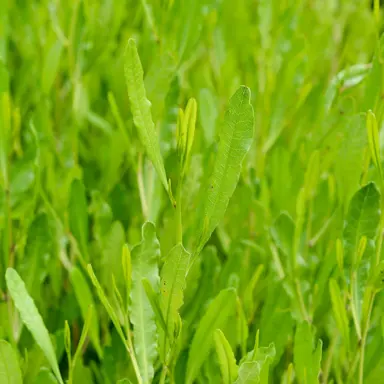
The most important part starts with planting and our article, How To Plant Ake Ake, provides sound advice on how to do this properly. So, let’s now assume your plant is growing well and you want to keep it that way!
Winter is the perfect time for mulching and trimming your plants. Trimming is generally subtle and you should be able to see foliage below the cuts. Plants are typically trimmed to contain growth and encourage fresh, new foliage.
Organic matter such as compost or sheep pellets should be spread liberally around the plants and then overlaid with a mulch during winter. The Plant Company has three very good options for mulch. The first is coco fibre matting which is made from the husks of coconuts. The second is Earth Mat which is made from recycled paper. Both of these break down to become part of the soil within two years. The third is black plastic matting which will last 20 years or more. Whichever mulch is used, The Plant Company recommend stones, bark chip, or other similar products be spread over top for aesthetic purposes. The Plant Company does not recommend adding fertiliser during winter as this is better applied in spring so less is wasted. However, adding organic matter such as compost is quite okay.
Spring is the perfect time for fertilising the plants as they start to bounce into life. The Plant Company has fertilisers which have been specially blended for different plants and in this instance, our native plant fertiliser will give them the correct boost and keep them fed for 12-months. A suitable alternative is our organic fertiliser which will also keep them well fed but they will require a secondary application in autumn.
Summer is when the plants need regular watering and this should be undertaken every second day on the hottest days until they are established. Plants that are establishing need particular attention as their root system will not have penetrated deep enough to secure consistent moisture yet.
Caring for Ake Ake in autumn is about keeping the plants healthy. Foliar feeding using a liquid fertiliser can be undertaken during spring, summer, and autumn if you have time but this is not essential if solid fertiliser and/or good amounts of organic matter have already been applied. If you think the plants need an extra boost or have some yellowing, however, a liquid fertiliser won’t hurt.
There is a wealth of information about Ake Ake and often The Plant Company is asked specific questions which we have laid out here to hopefully answer any questions you may also have.
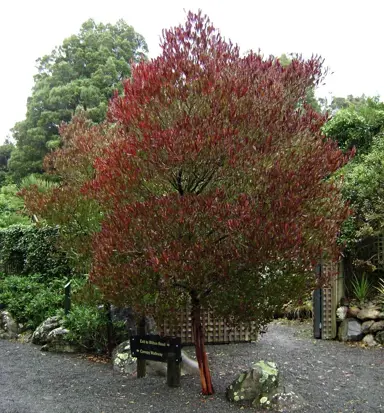
Purple Ake Ake, also known as Dodonaea viscosa 'purpurea', is a fast-growing evergreen tree that can reach a height of up to 10 metres and a spread of up to 8 metres. However, it is commonly grown as a hedge or shrub and can be easily maintained at a height of 2-3 metres.
Purple Ake Ake is known for its attractive purple foliage, which contrasts beautifully with its white flowers in summer. It is also a relatively hardy tree and can tolerate a wide range of climates and soil conditions. However, it prefers full sun and well-drained soil. It is a popular choice for gardens and landscapes due to its fast growth rate, attractive foliage, and ability to tolerate a variety of conditions. The Purple Ake Ake is a great choice for hedging and windbreaks.

Ake Ake are evergreen plants. They are native to New Zealand and are popular for their fast growth rate, attractive foliage, and ability to tolerate a wide range of climates and soil conditions.
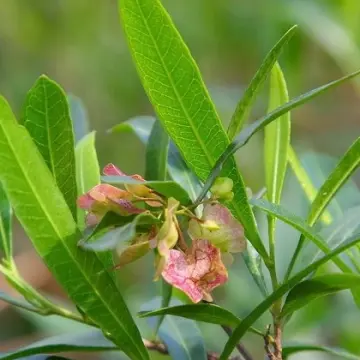
"Ake Ake" refers to a group of closely related shrubby trees or small trees in New Zealand, rather than a single plant. They all share similar characteristics and ecological niches, making them useful to group together for planting and identification. The main types of Ake Ake are:
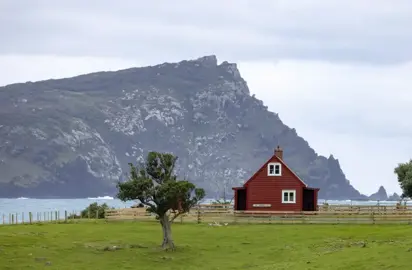
Ake Ake is found naturally throughout NZ and on the Three Kings and Chatham Islands. It is generally found growing in coastal and lowland forest and scrub areas.
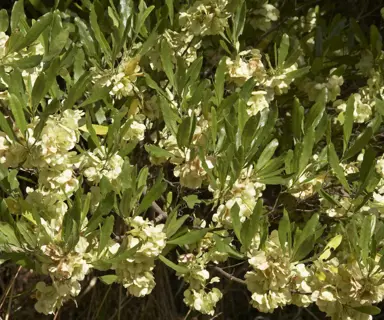
While the Purple Ake Ake stands out for its vibrant foliage, the Green Ake Ake (Dodonaea viscosa) also enjoys popularity for its own set of reasons:
To conclude, the Green Ake Ake brings subtle beauty, environmental benefits, fast growth, adaptability, cultural significance, and multi-functionality element that contribute to its enduring popularity as a valuable addition to various landscape designs.
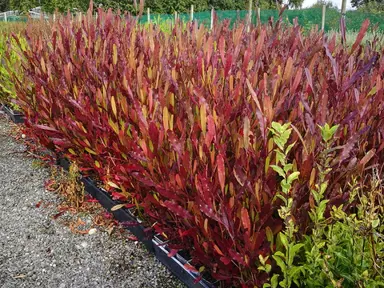
The popularity of Purple Ake Ake can be attributed to several factors:
Overall, the combination of beautiful foliage, adaptability, versatility, and cultural significance has cemented the Purple Ake Ake as a popular choice for gardeners in New Zealand and beyond.
There is a wealth of information about Dodonaea and often The Plant Company is asked specific questions which we have laid out here to hopefully answer any questions you may also have.
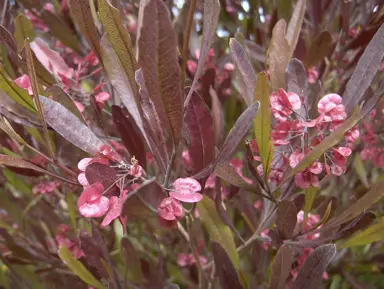
Purple Ake Ake, also known as Dodonaea viscosa 'purpurea', is a popular New Zealand native shrub due to its vibrant foliage and adaptability. Some of its key characteristics include:
Foliage and flowers
Size and growth habit
Climate and Conditions:
Uses:
Overall, the Purple Ake Ake is a versatile and low-maintenance plant that adds a touch of colour and character to any landscape.
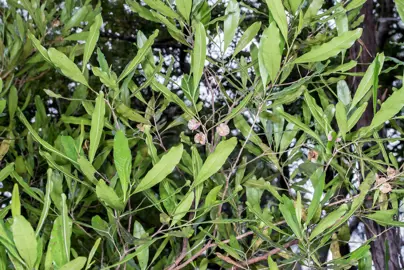
Dodonaea viscosa, commonly known as hopbush, akeake (Māori), or sand olive, is a versatile evergreen shrub or small tree native to Australia, New Zealand, and Southeast Asia. It is known for its adaptability, tolerance to harsh conditions, and attractive foliage. Here are its key characteristics:
Leaves:
Flowers:
Fruit:
Bark:
Size:
Growth Habit:
Climate and Conditions:
Uses:
Overall, Dodonaea viscosa is a valuable and versatile plant that offers a combination of aesthetic appeal, adaptability, and ecological benefits.
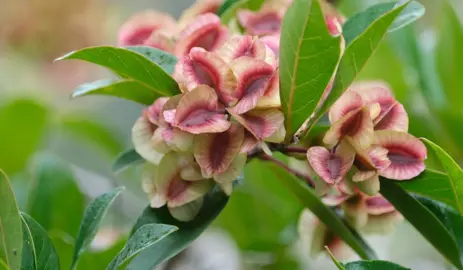
The benefits of Dodonaea are far-reaching and can be categorised into environmental, practical, and medicinal uses:
Environmental:
Practical:
Medicinal (consult a healthcare professional for medical advice):
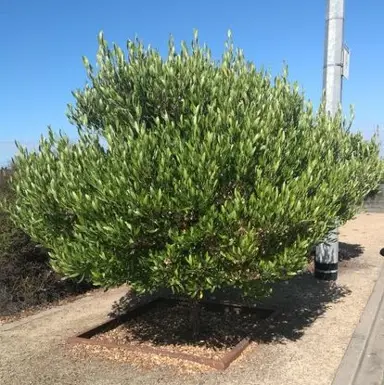
Dodonaea, commonly known as Ake Ake, doesn't have just one common name, as it varies depending on the specific species and location. However, here are some of the other common names you might encounter:
Providing the best fertiliser for Ake Ake is important to ensure the plants thrive. The correct fertiliser depends on whether the plant is grown in a pot or in soil, and getting this wrong can be disastrous for your plants. Our articles provide the best advice about fertiliser for Ake Ake plants so you can achieve the amazing results you are after.

Ake Ake grown in containers require different fertiliser to those grown outdoors in soil. In this instance the correct fertilisers to use are either the container plant fertiliser or fertiliser tablets. Each of these will provide safe, sustained, and complete nutrition to the plant for the next 12-months. Using other types of fertiliser can be detrimental to the plant and may result in plant injury or death.
Foliar feeding using a liquid fertiliser can be undertaken if you have time but this is not essential if container plant fertiliser or fertiliser tablets have been used. If you think the plant needs an extra boost or has some yellowing, however, a liquid fertiliser application won’t hurt. A great benefit of foliar feeding is that it helps keep the leaves strong and lush as the nutrition is right where the plant needs it.
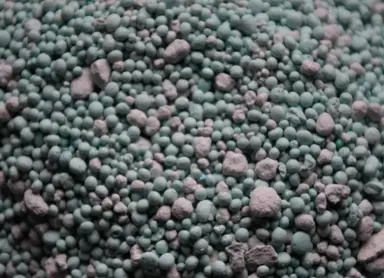
Ake Ake are vigorous plants that require feeding to keep them growing optimally. The Plant Company’s shrub fertiliser has been blended to give plants an initial boost and then sustained nutrition for 12-months. We recommend the fertiliser is applied to the soil surface in spring just as the plants start to grow actively. More importantly, we advise that no fertiliser is placed in the hole at planting, but rather spread around the soil surface so it can wash through the roots as it releases. The Plant Company’s shrub fertiliser ensures that nutrients remain in the soil around the plant rather than being lost through the soil profile to where the plant cannot reach it. This also applies to plants grown on sandy soils. This fertiliser is therefore very environmentally friendly and longer lasting than most other products in the market.
Foliar feeding using a liquid fertiliser can be undertaken if you have time but this is not essential if shrub fertiliser has been applied. If you think the plants need an extra boost or have some yellowing, however, a liquid fertiliser application won’t hurt. A great benefit of foliar feeding is that it helps keep the leaves strong and lush.
Planting Ake Ake and getting them to grow well is generally easy when you get a few of the basics right. This involves planting them in the right soil type, choosing the most ideal planting position, selecting the correct size, and ensuring the plants have the essentials to thrive. The Plant Company has the right advice to ensure success whether you are growing a hedge or standalone plants.
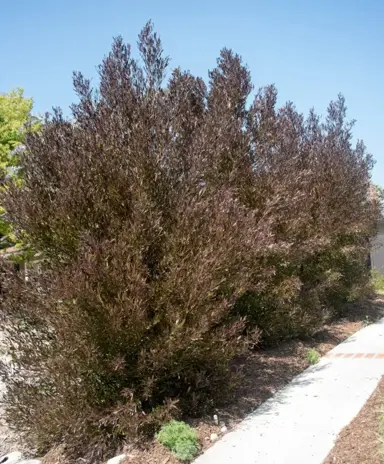
Akeake (Dodonaea viscosa) is a fast-growing tree. It can grow up to 5 metres in the first 5 years and is generally at full maturity in seven years. However, its growth rate can vary depending on a number of factors, including climate, soil type, and water availability.
In ideal conditions, akeake can grow up to 10 metres tall and have a trunk diameter of up to 30 centimetres. It is a relatively hardy tree and can tolerate a wide range of climates and soil conditions. However, it prefers full sun and well-drained soil.
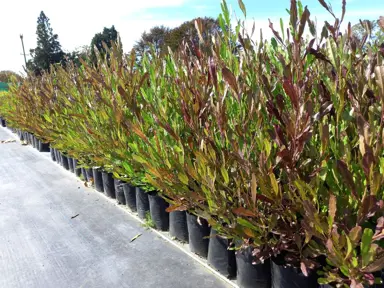
Choose a full sun position with good drainage for your Ake Ake. The hole should be dug to at least 50-75% deeper and wider than the container the plant is currently growing in. A planting spade makes the hole digging a lot easier. The Plant Company recommends incorporating compost or sheep pellets into the soil to provide additional organic material, but this is not essential. Do not put fertiliser in the bottom of the hole, rather spread that on the soil surface after planting, and preferably do this when the plant is actively growing in spring.
Remove the plant from the container it is growing in by either pulling it free or by cutting the bag. We recommend cutting the bag or container, especially for larger grade plants, to minimise any chance of damaging the roots. If the roots have been growing in a circle or are all bound up you can tease them apart if you want but this is not essential. Similarly, you don’t need to remove any of the growing media. The Plant Company does not recommend cutting the roots, even if the plant is root-bound as this offers no benefit. This is explained in our article, Managing Rootbound Plants.
Now place the plant in the hole and make sure it is level with the soil surface before filling in around it. If it is above the soil surface, dig more out. If it is below, put in more soil and retest the level. Once the plant is set level with the soil surface, add more soil gradually and firm it around the plant using gentle pressure as you go. Scatter native plant fertiliser across the soil surface after planting and the give the plant a good watering.
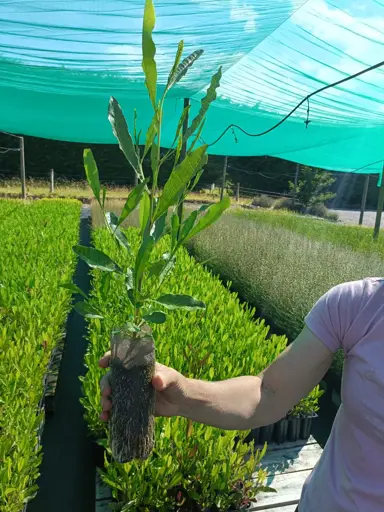
Ake Ake are easily from fresh seed. Simply place the seed onto well-draining potting mix, cover with a fine layer of vermiculite or sifted potting mix, and place in a warm spot. Ensure the tray does not dry out but also make sure the soil is not sodden. The seedlings should emerge in 2-3 weeks and be ready for transplanting at week 8.
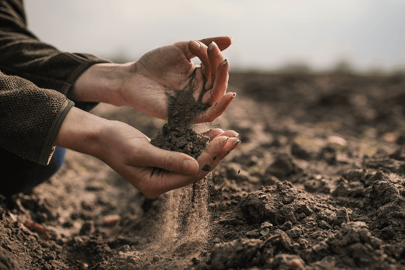
Ake Ake are versatile plants that can tolerate a wide range of soil conditions, but they do prefer well-drained soils. They can be grown in sandy, loamy, and clay soils, as long as they are free-draining.
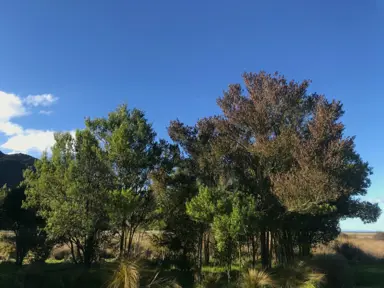
A full sun or partial shade position with good drainage and some shelter is essential for getting the best results with Ake Ake. In shaded conditions they tend to become “stretched” and somewhat spindly as the branches extend to chase light. On poorly drained soils they will struggle and may die a slow death due to a lack of air around the roots. The planting position should also be moderately sheltered which will help with establishment and the overall plant shape. The Plant Company recommends staking taller plants to offer support and to reduce any chance of wind damage.
Enjoy free shipping on orders over $150 along with fast shipping of high quality plants.
Whether you need assistance finding the plant you’re looking for or you simply want to know more about who we are and what we do, we invite you to get in touch with us today. A member of The Plant Company team will get back in touch as soon as possible.

